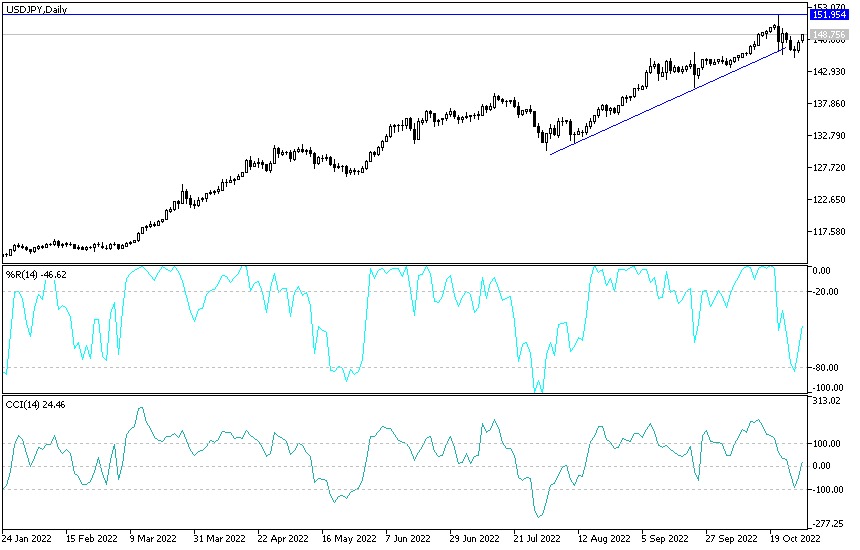The USD/JPY collapsed to the 138.46 support level, its lowest in nearly two and a half months, and closed trading stable around the 138.77 level. An increase in operations came in the sale of the US dollar in the first place after weaker-than-all-forecast numbers for US inflation had a negative reaction to the future tightening of the US Federal Reserve policy.
In the recent technical analyzes of the USD/JPY I often mentioned that stability below the support level 140 - the previous psychological top - will support the turn of the general trend of the currency pair to the downside.
Economic Outlook
The USD/JPY currency pair is trading, affected by the reaction from the release of a report last Thursday which showed that inflation in the United States of America slowed more than expected last month. That has raised hopes that the worst of US inflation may be over, and the Federal Reserve could be less bold about raising interest rates to control it, although analysts have warned that high inflation may be slow to decline, with some describing the rally. The big Wall Street market is overrated.
What the Fed does in terms of rates is critical to Wall Street because rallies slow the economy and can cause a recession, all while lowering stock prices. They have been the main cause of market difficulties this year.
Perhaps just as important as how bad inflation is now is how high US inflation will be in the coming years. This is because expectations that are too high can lead to a vicious cycle as people speed up purchases and take other steps that further fuel inflation. Therefore, the Fed said that preventing such a violent episode is one of the reasons why it moved aggressively in raising interest rates. Inflation expectations are currently higher compared to history, but a preliminary report released on Friday indicated that they are not moving much.
The median forecast for inflation next year among households rose to 5.1% from 5% the previous month, according to a survey by the University of Michigan. Meanwhile, long-term inflation expectations rose to 3%. But this is still within the same 2.9% to 3.1% range it has been for 15 of the past 16 months. High inflation helped lower the survey's reading of overall consumer confidence by more than economists had expected. The Fed has already raised the US interest rate to a range of 3.75% to 4%, up from the base zero in March. The likely scenario is still for them to rise further next year, and then keep interest rates at that high level for some time. The hope for markets is that lower inflation may mean that the Fed will keep the streak lower and less painful for investors than it could have done otherwise.
USD/JPY Technical Analysis:
- In the near term and according to the performance on the hourly chart, it appears that the USD/JPY is trading within a descending channel formation.
- This indicates a significant short-term bearish momentum in market sentiment.
- Therefore, the bears will look to extend the current decline towards 137.800 or lower to the 136,865 support.
- On the other hand, the bulls will target rebound profits at around 139.62 or higher at 140.60.
In the long term and according to the performance on the daily chart, it appears that USD/JPY has recently completed a descending breach of the descending channel formation. This indicates a significant increase in the long-term bearish bias. Therefore, the bears will target long-term profits at around 136.31 or lower at the 133.80 support. On the other hand, the bulls will look to pounce on potential retracements around the 141.516 resistance or higher at the 143.970 resistance.
Ready to trade our Forex daily forecast? We’ve shortlisted the best Forex trading brokers in the industry for you.

